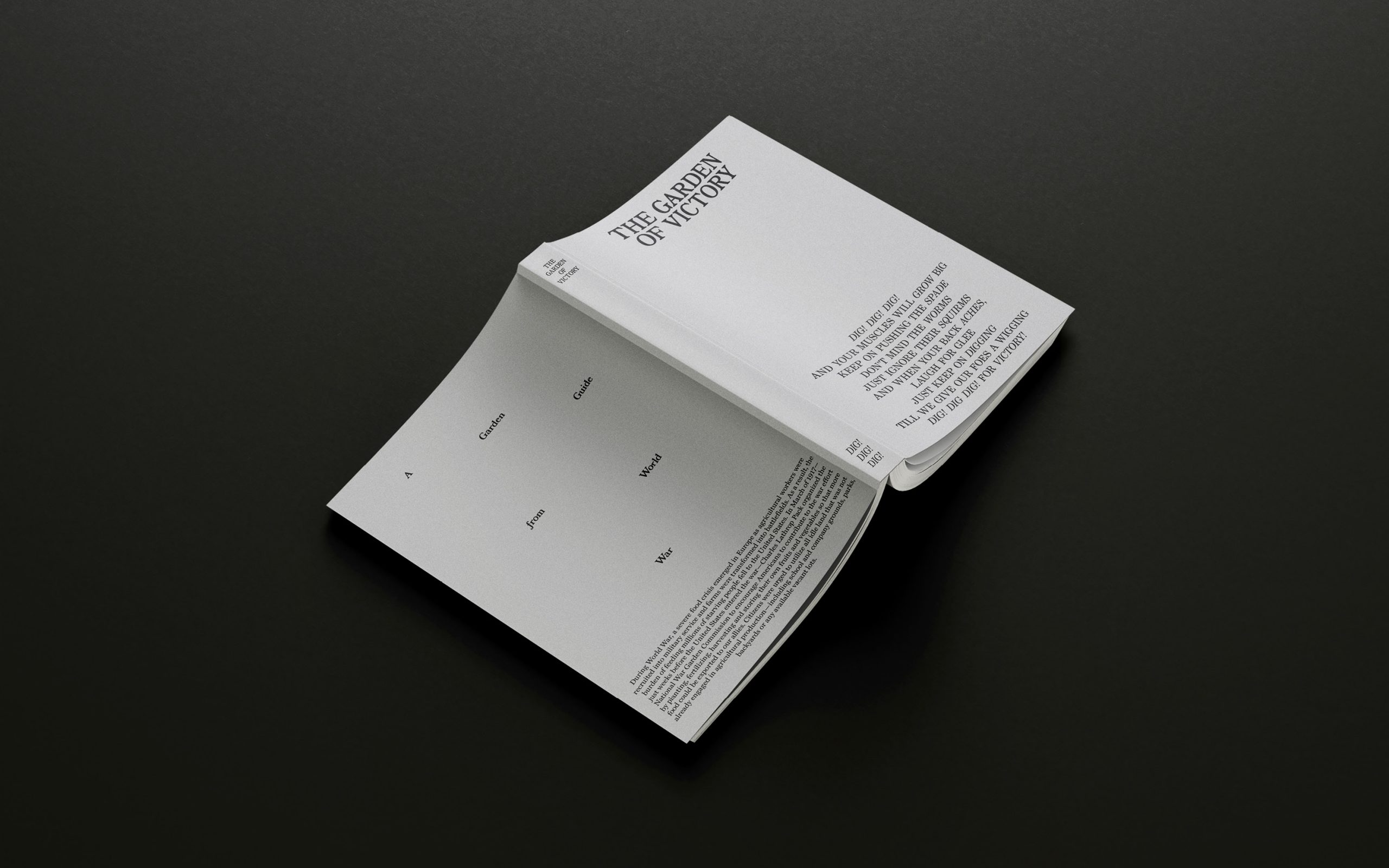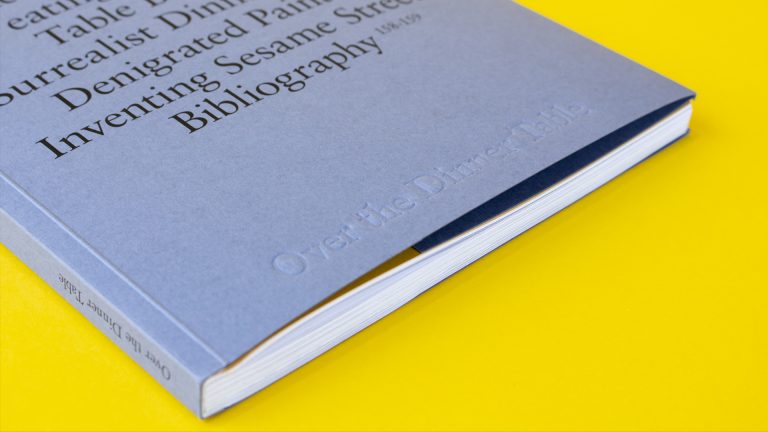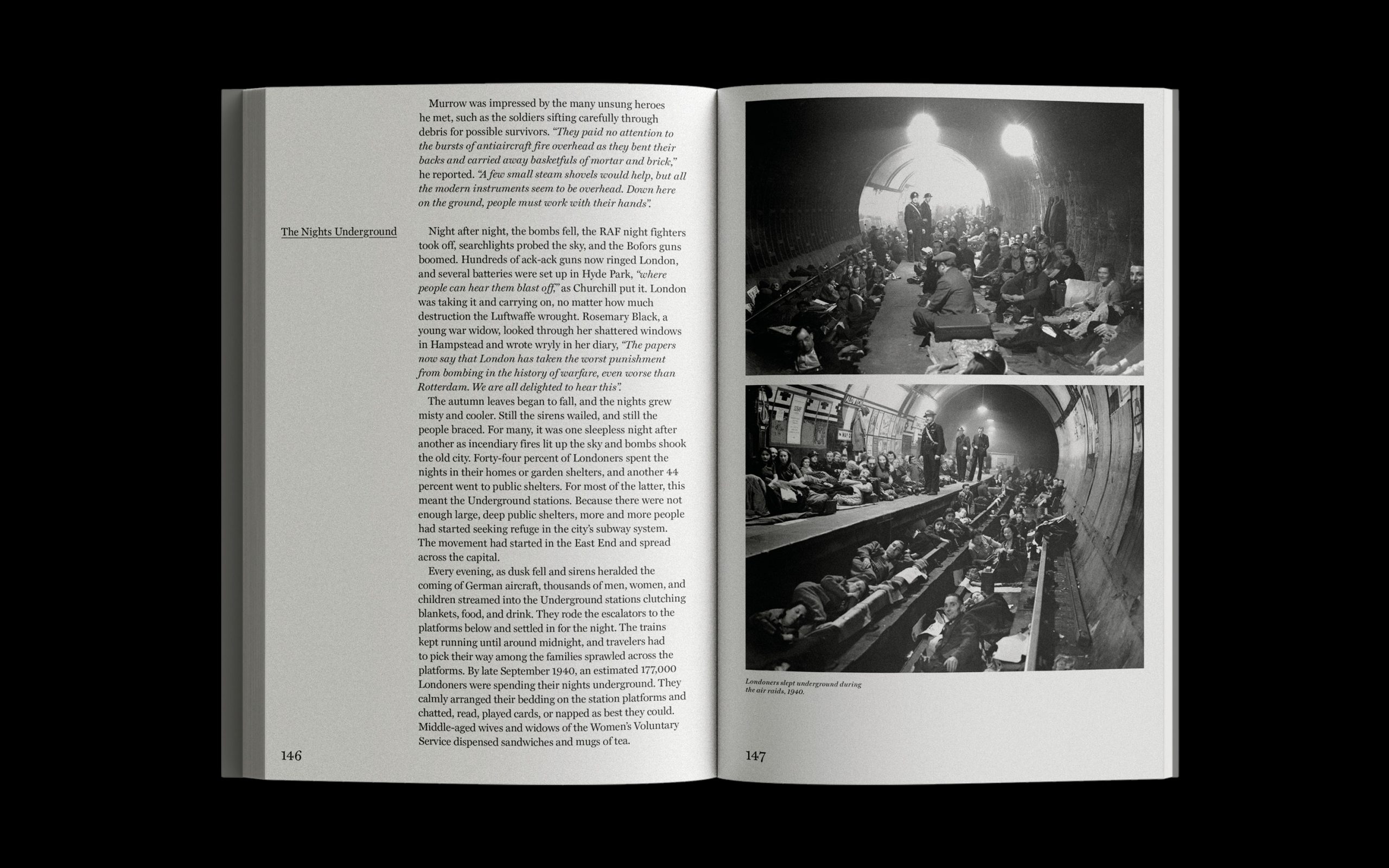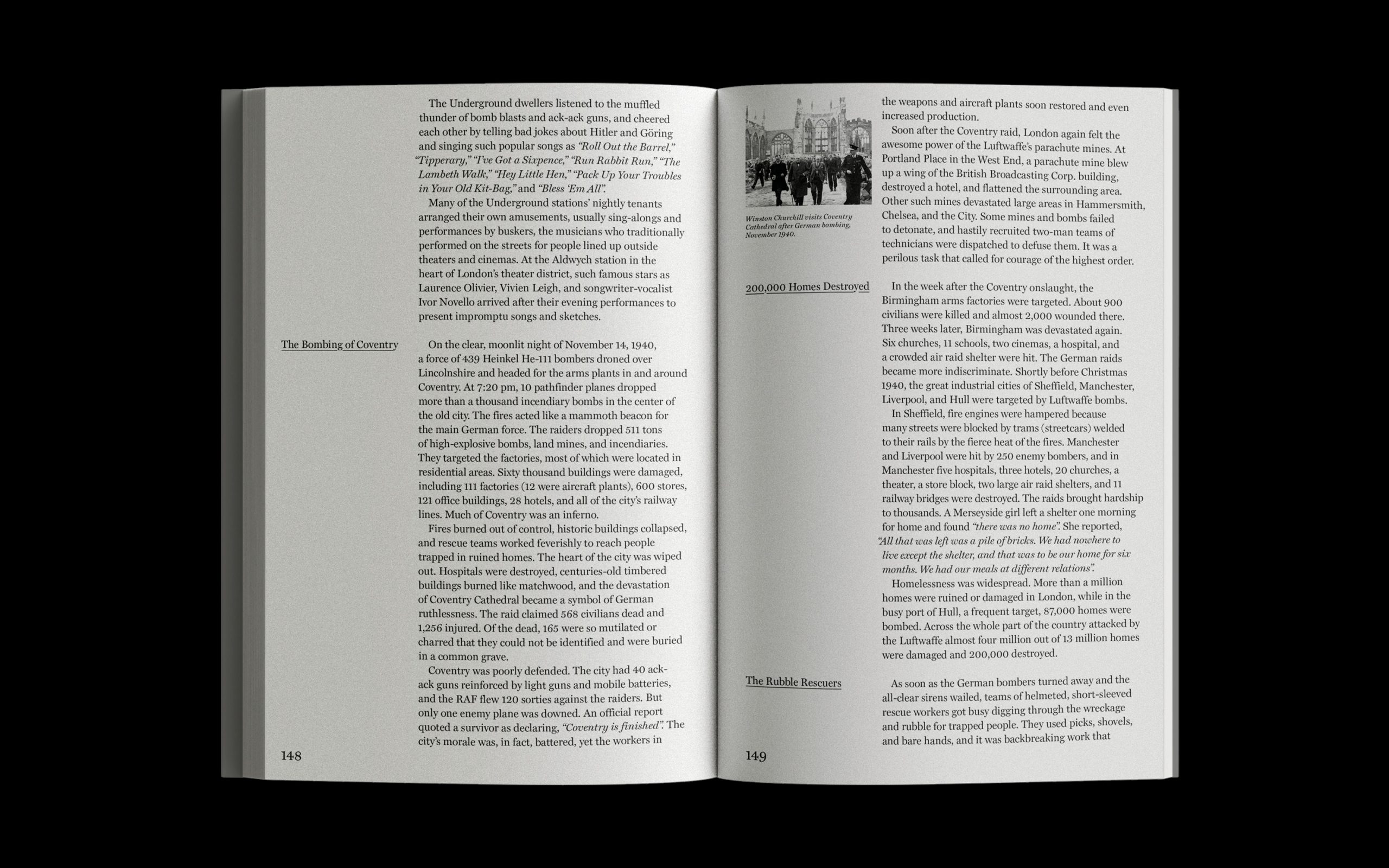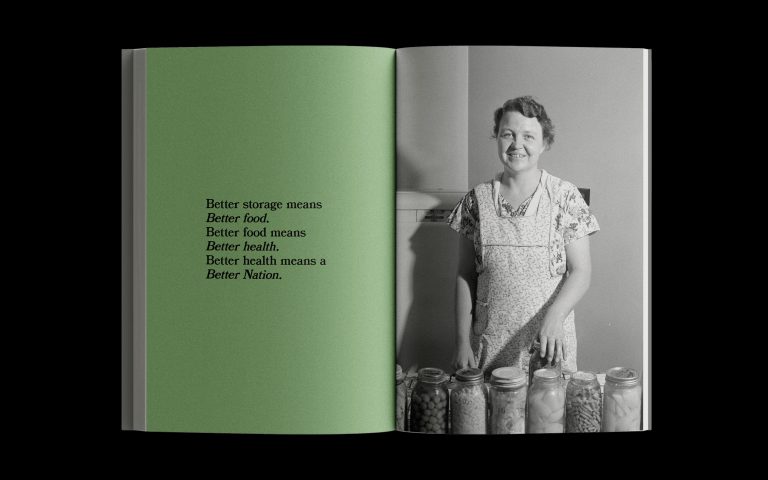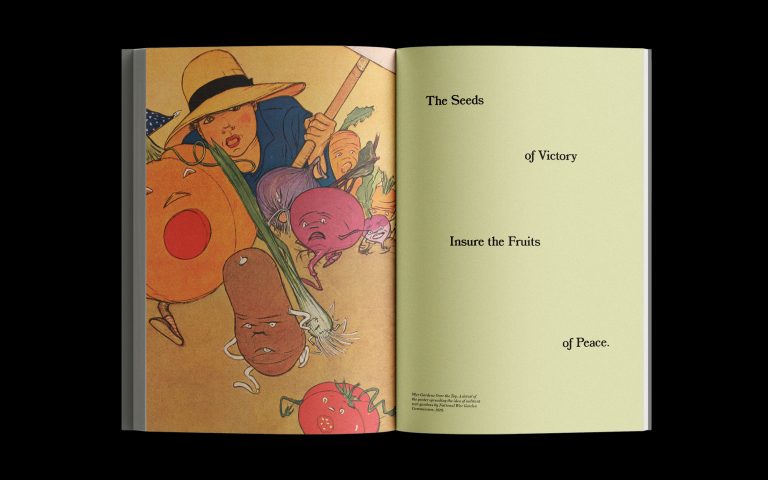The Garden of Victory
Stephanie VelitAramis León
Graphic Elisava 2020
Lots of things tend to happen during a graphic.elisava master’s program. Mountains of research. Maybe one or two existential crises. Designing so much that you have nightmares about mismatched hex codes.
In some weird twist of fate, this year’s biggest ‘thing’ ended up being a global pandemic. We were forced to embrace digitalism over presentialism, do more with less, and channel disillusionment into positivity. In school, the lesson comes before the test, but life often takes the opposite approach. We think we’re better for it.
PLATFORM AND IDENTITY
For this year’s degree show we decided to continue the digitalist lifestyle that we’ve come to know. Pills replace name tags, thumbnails replace handshakes, and ingenuity replaces normality in order to illustrate how we view topics like “design ethics”, “comfort”, “manifestos”, and “freedom”.
About
This is graphic.elisava’s digital Degree Show. Find out more about the program at graphic.elisava.net
Acknowledgements
Many thanks to this year’s students in the Graphic Design and the Editorial Design master’s degrees. The 2020 graphic.elisava Degree Show – both the platform and the campaign that precedes it – wouldn’t have been possible without the indefatigable work of a group of design students making time for it in the middle of their end-of-year presentations.
On the typeface
Thanks to Non Foundry for letting us use their Non®Natural Grotesk throughout the website and campaign of this digital Degree Show.
Visit nonfoundry.com to find out more about their work.


The Garden of Victory
A garden guide from World War
When food was scarce during World Wars, there was an urged for people to grow their own crops wherever they could.
The Victory Gardens also called War Gardens or Food Gardens for Defense, were vegetable, fruit, and herb gardens planted at private residences and public parks during World War I and World War II.
This book sets the context for the Victory Gardens, how they were born, developed and used. Additional content –sometimes indirectly related– will peel into deeper layers, appealing to the true meaning and value that transcends them.
Furthermore, we strongly believe that revisiting the past, broadens our perspective and understanding of the present; hoping new Victory Gardens root their way into the future.

Inspired by the manual guides of the Victory Gardens our structure and design approach focuses on the steps of how to plant a garden.
Five main chapters will guide the book where each one will be one of the steps to plant a Victory Garden.
I. The Place
II. Choose your Seed
III. The Digging
IV. Plant & Mantain
V. Crop & Collect
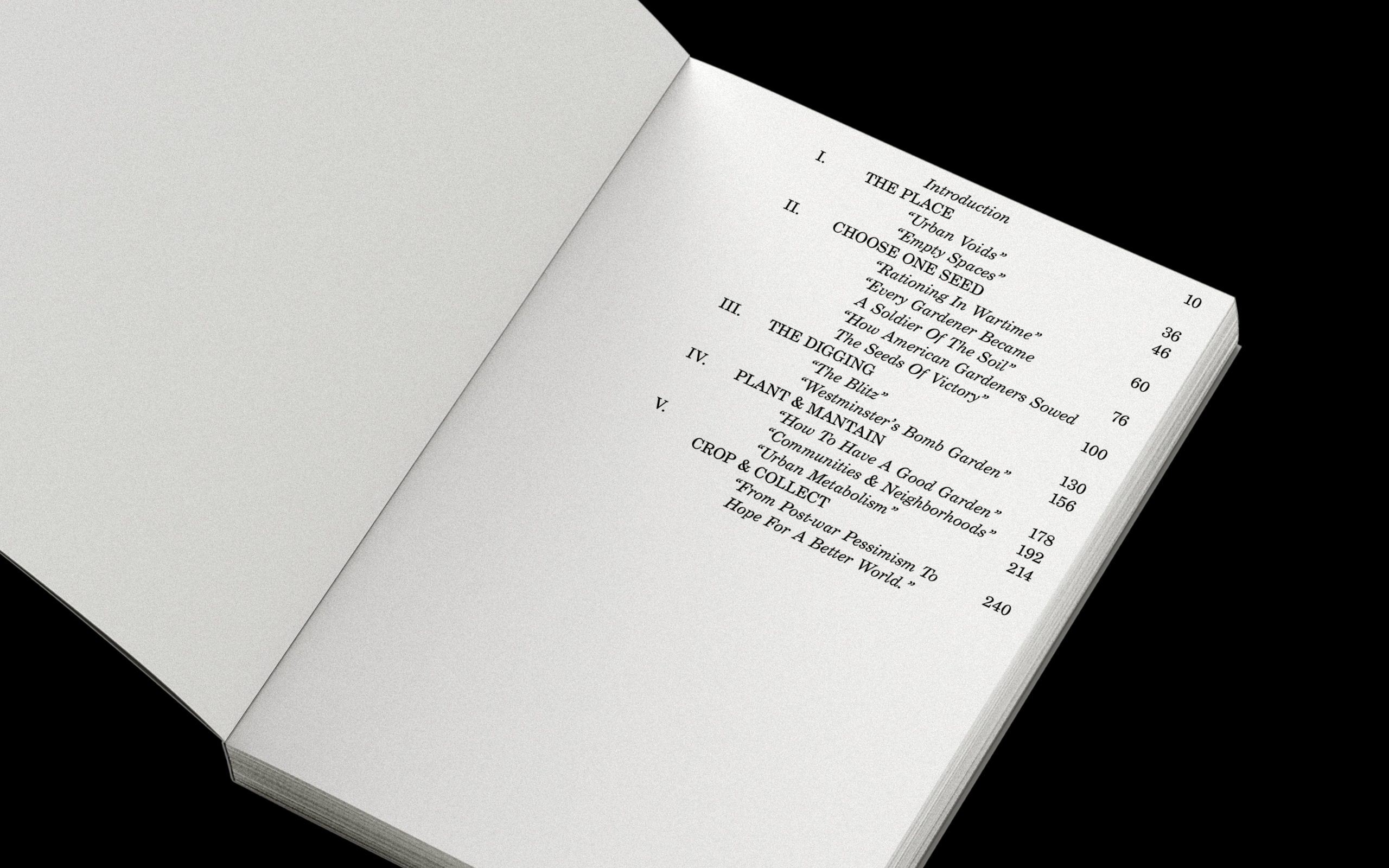
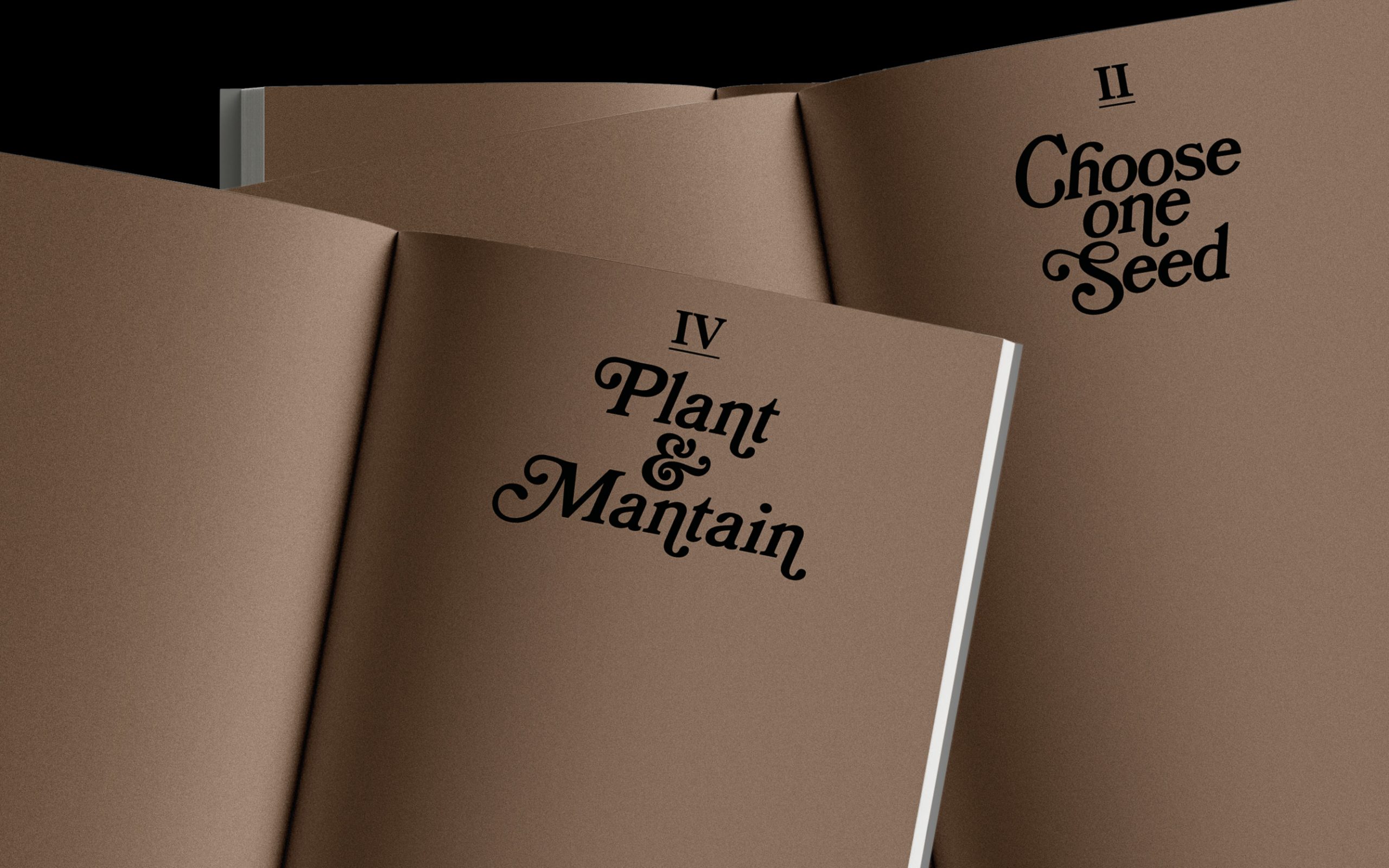
In addition, content is divided into two directions: direct (more casual, “do it yourself”) and indirect (historic, teoric and intellectual)
“The Seeds of Victory ensure the Fruits of Peace”



“Every War Garden a Peace Plant”
